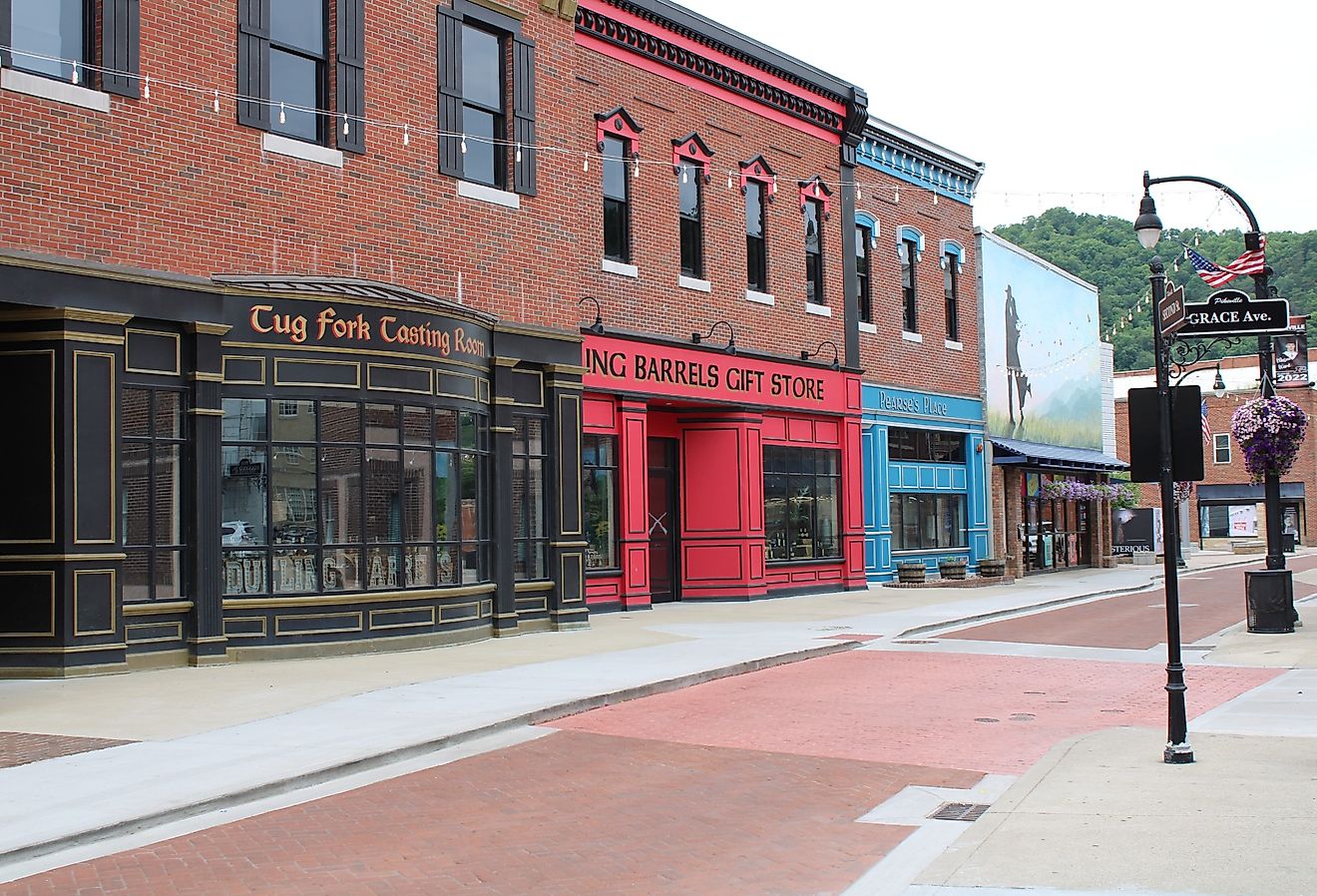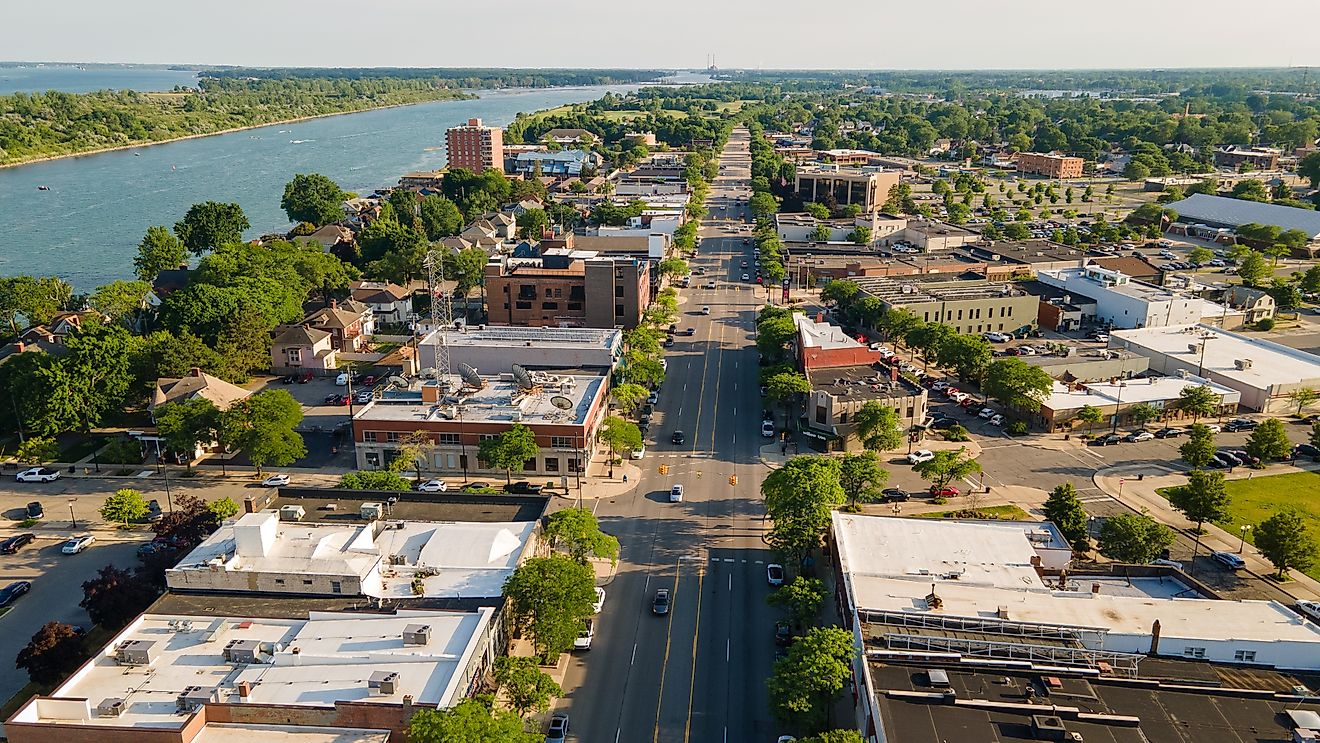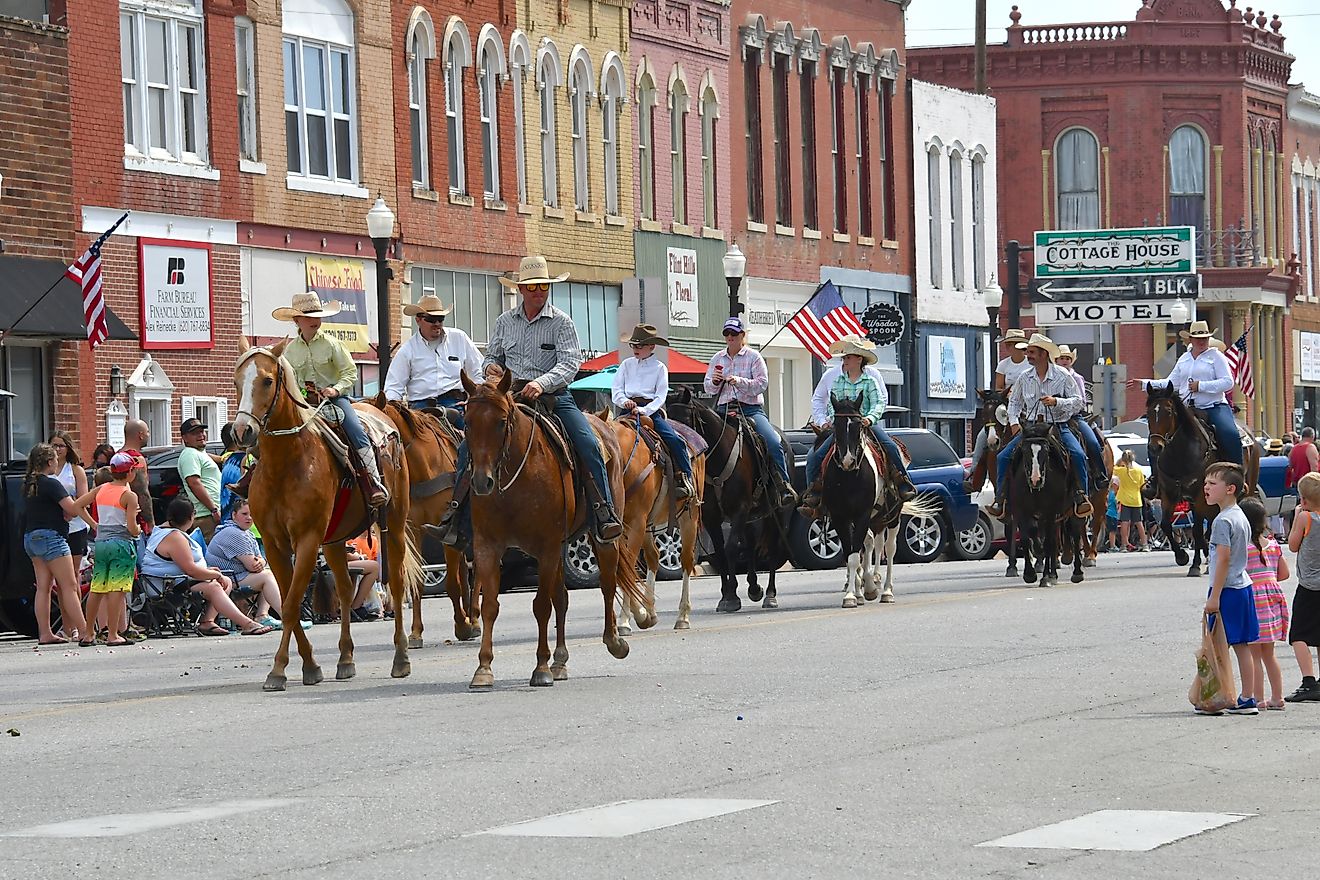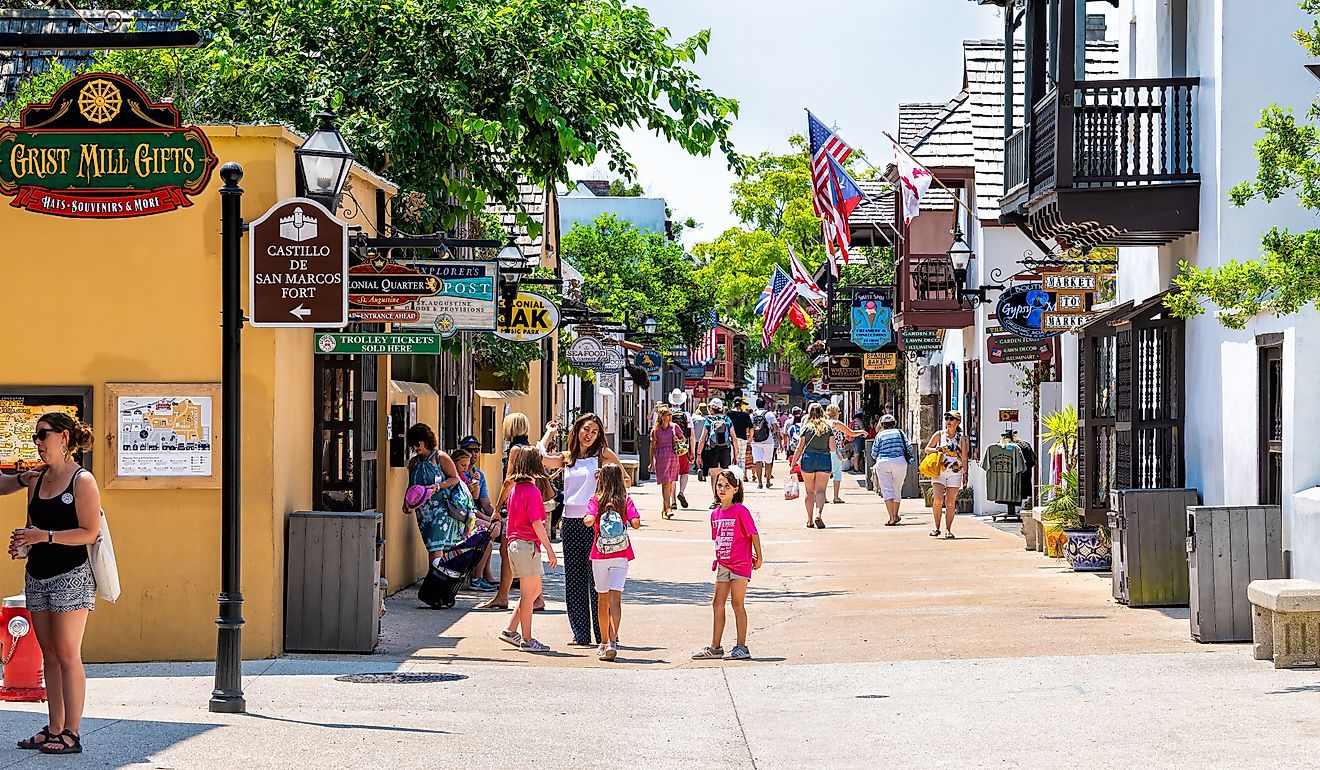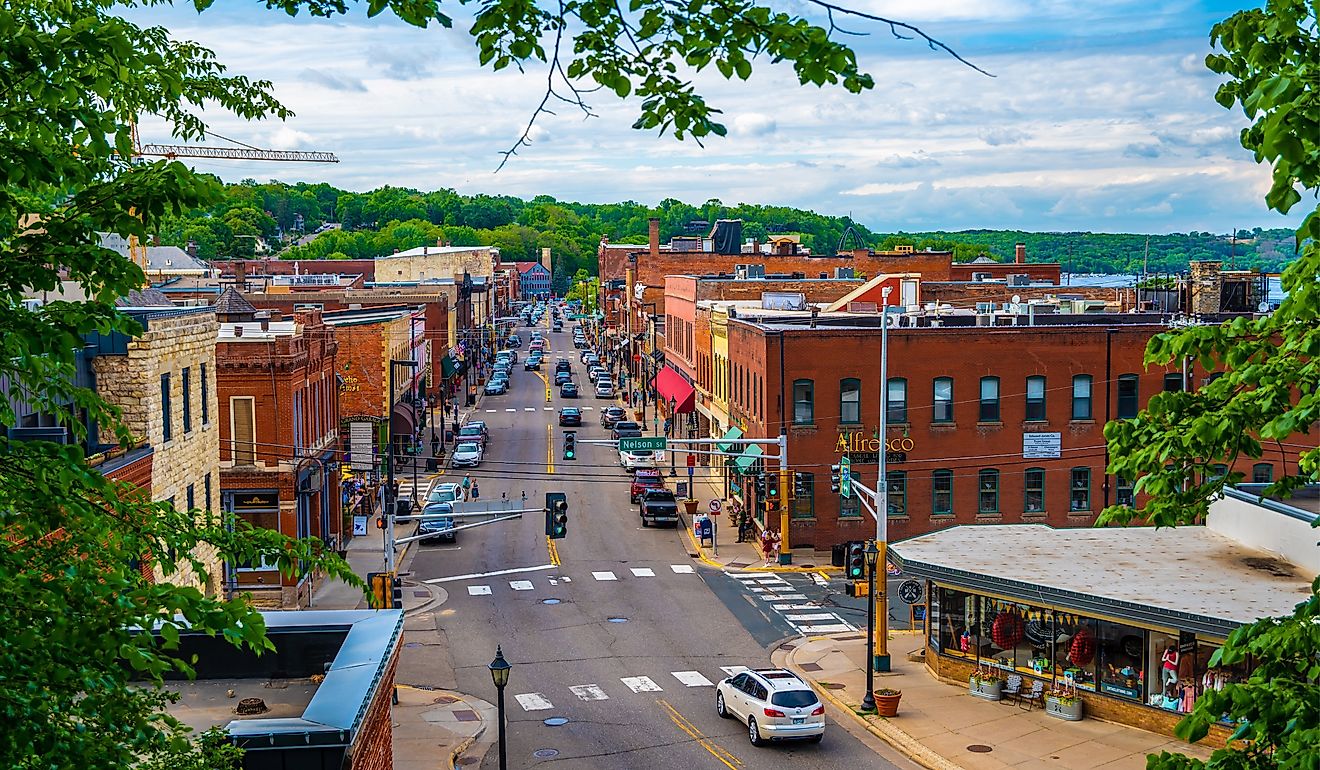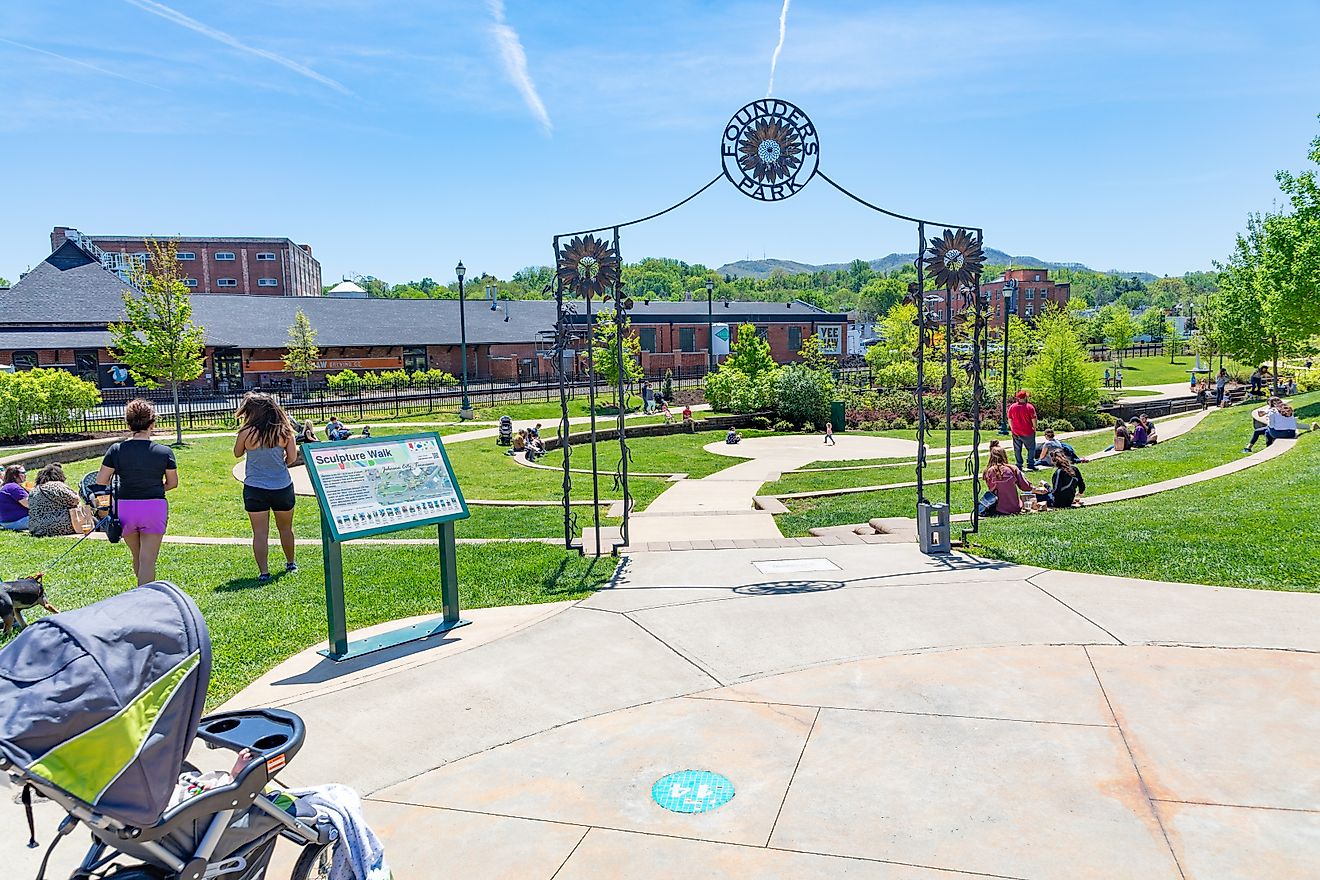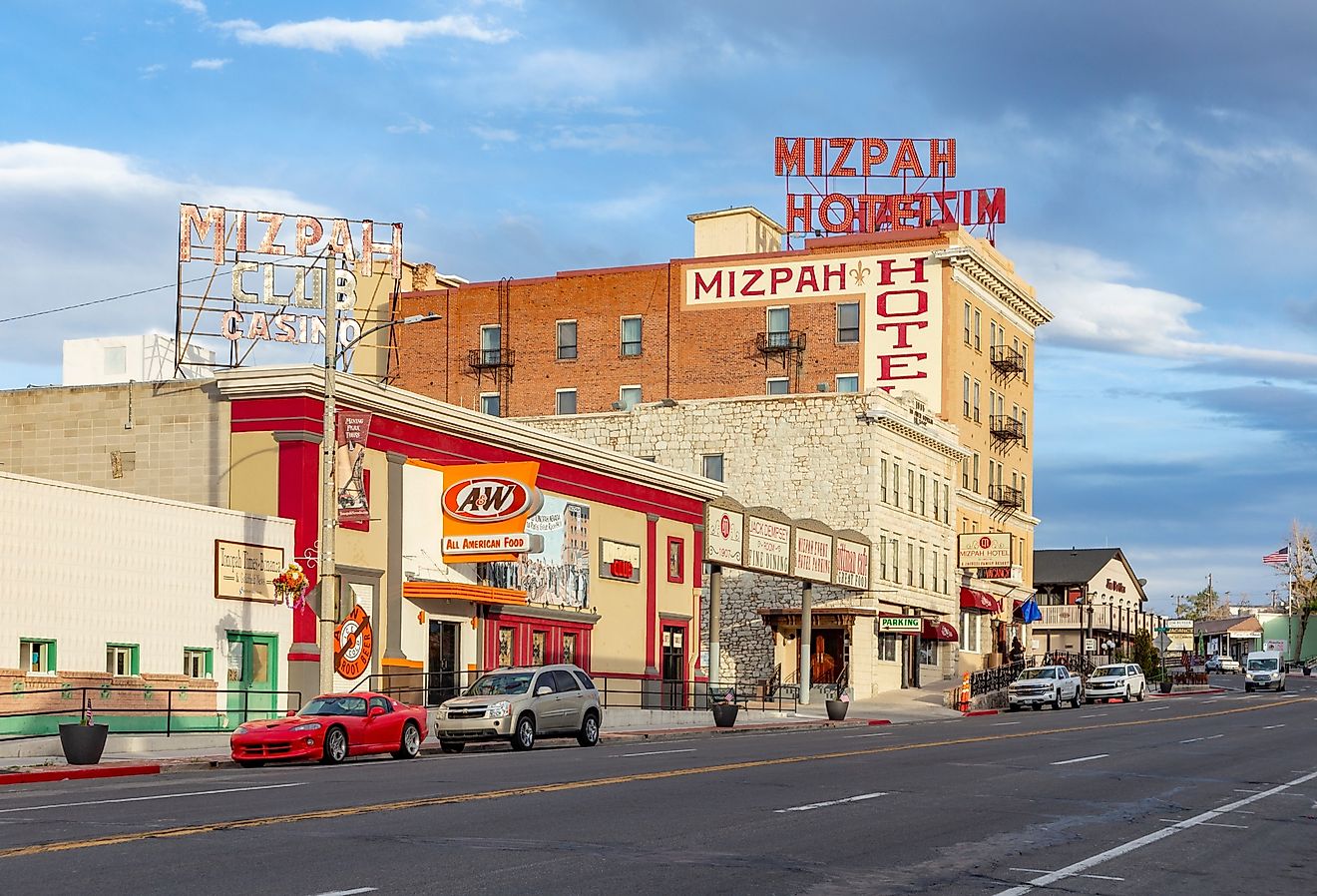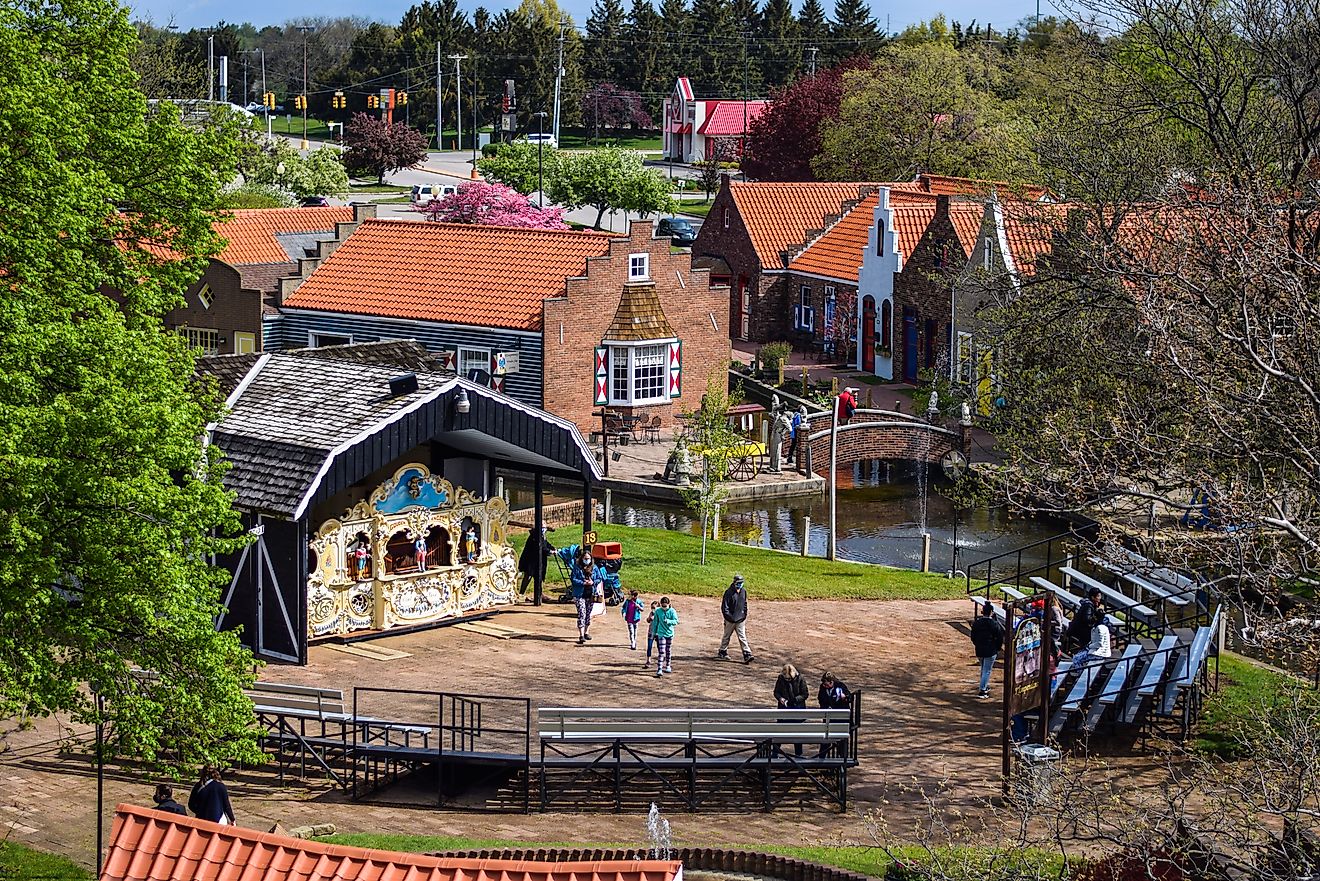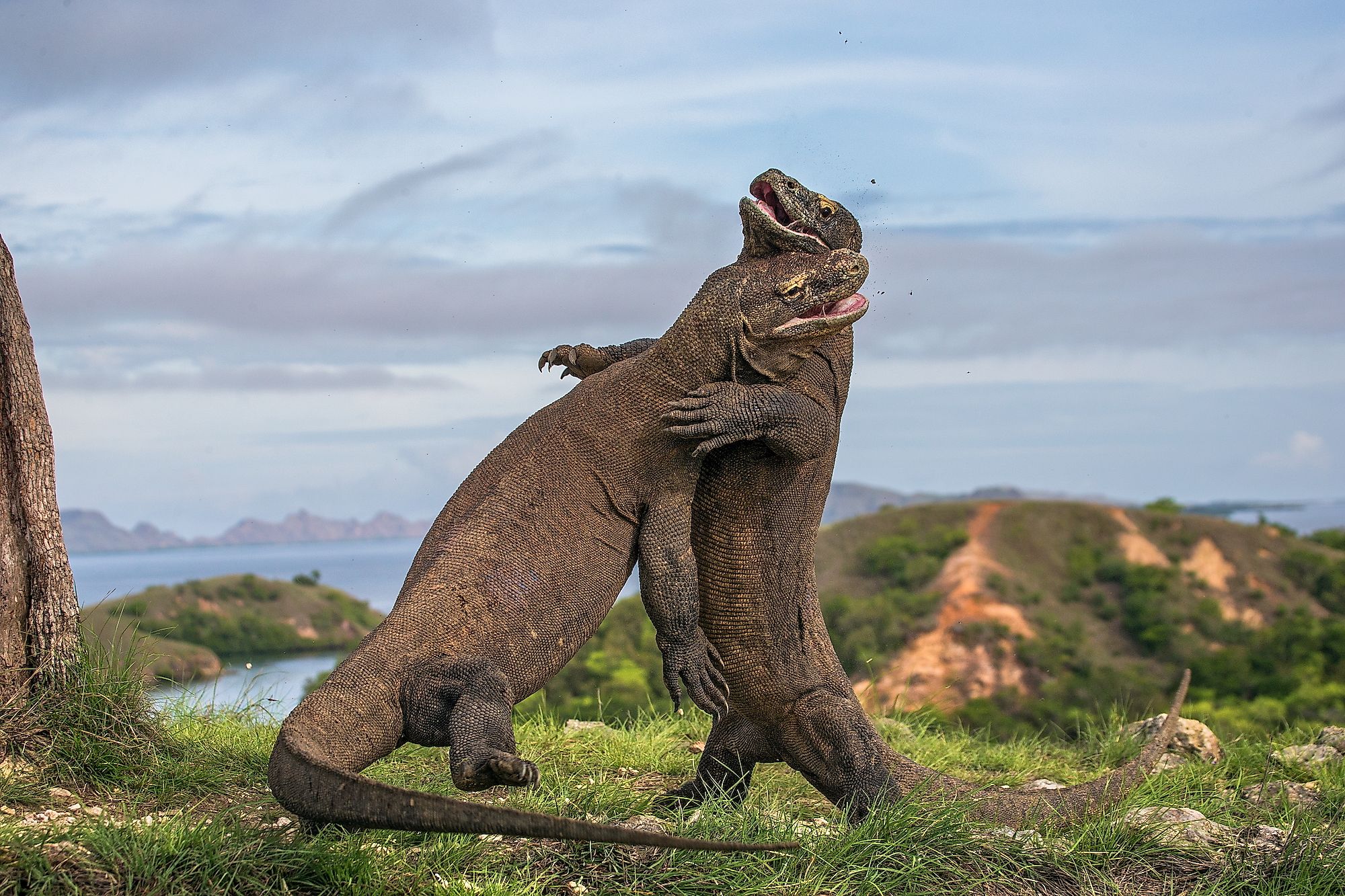
Komodo National Park
Covering an area of 1,904,569 sq. km, the island nation of Indonesia comprises more than 17,504 islands and is considered to be the largest and the most varied archipelago on the planet. This Southeast Asian nation is also home to about 54 National Parks and currently, there are a total of 9 UNESCO World Heritage Sites in Indonesia with 5 of them being of cultural heritage and 4 being natural heritage sites.
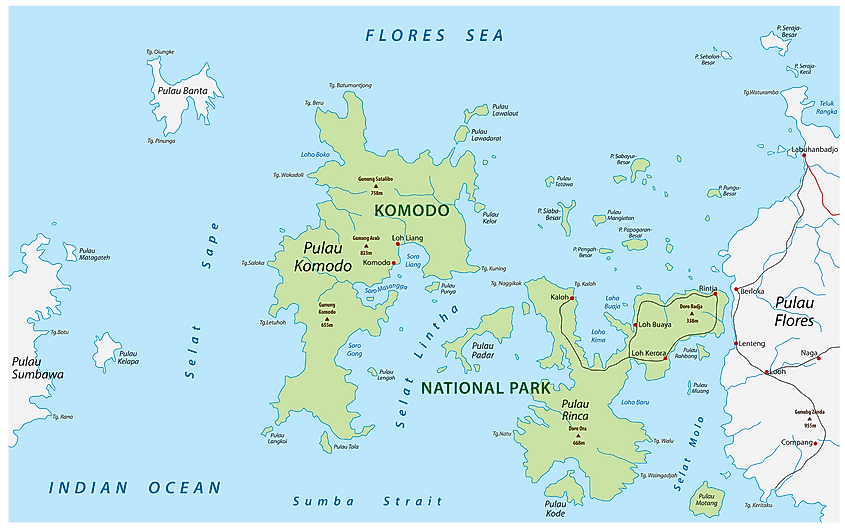
With a total area of 1,733 sq. km, the Komodo National Park is situated within the Lesser Sunda Islands along the boundary between the Indonesian provinces of East Nusa Tenggara and West Nusa Tenggara. The Komodo National Park was established in 1980, to initially protect the endemic Komodo dragon, but its conservation goals were later extended to protect both the terrestrial and marine biodiversity of the National Park. It was designated as a UNESCO World Heritage Site in 1991.
Geography
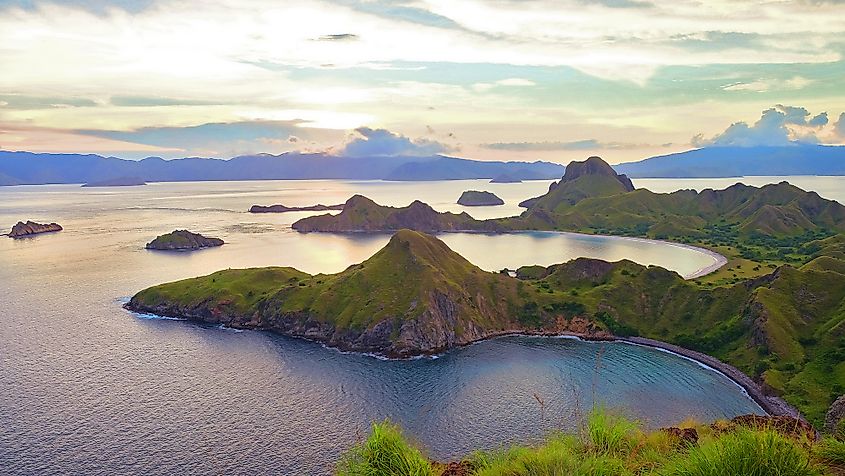
Situated at the heart of the Indonesian archipelago, within a narrow channel between the Flores and Sumbawa islands, the Komodo National Park is made up of three principal islands of Komodo, Rinca, and Padar along with more than 26 smaller islands. It is believed that all the islands of the National Park have originated from volcanic eruptions. The Komodo National Park is located within the Wallacea Biogeographical Region, constituting the active volcanic “shatter belt” between the Sunda and the Australian ecosystems. The islands of the National Park have rugged terrain and features rounded hills which rise to an elevation of 735m.
The Komodo National Park experiences a hot and dry climate, with the harsh dry season starting from May to October having an average temperature of about 40°C. The park receives average rainfall ranging from 800 to 1000mm per year.
Flora And Fauna
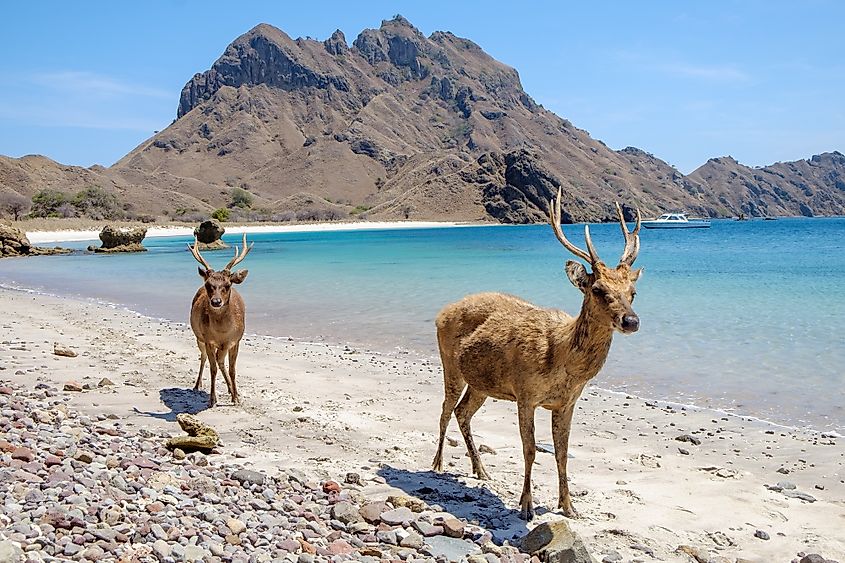
The dry climate of the Komodo National Park favors the growth of savanna grasslands. Cloud forests are also found which provide a suitable habitat for various endemic flora. These cloud forests however appear only on a few areas that rise to an elevation of more than 500m. The coastal vegetation of the National Park is characterized by mangrove forests that are mostly found in the protected bays of the three principal islands. Fringing and patch coral reefs are found along the northeastern coast of Komodo Island.
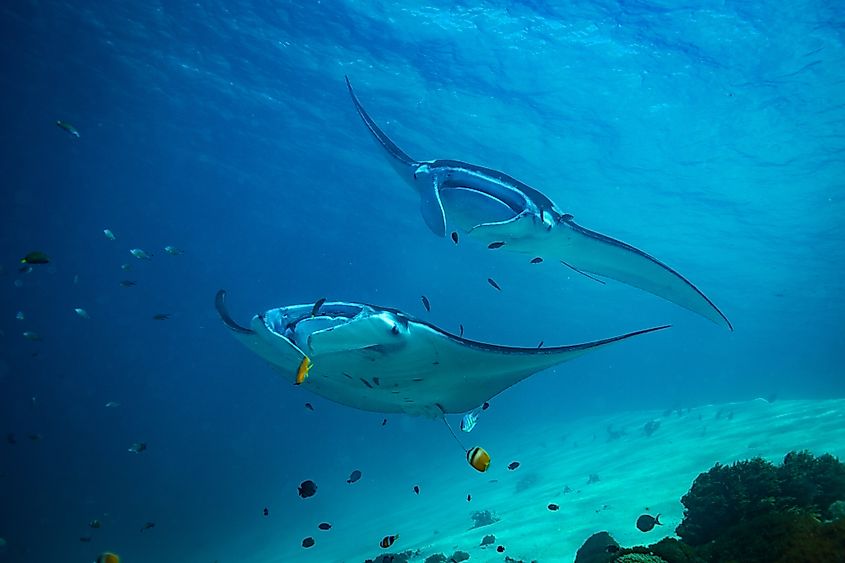
It is estimated that over 1,000 tropical fish species, 260 coral species, and numerous marine mammals are found in the Komodo National Park. Some of the notable marine fauna that is found in the park’s surrounding waters include the blue-ringed octopus, pygmy seahorse, whale sharks, ocean sunfish, eagle rays, manta, sponges, nudibranchs, sperm whales, blue whales, dolphins, dwarf fin whales, sea turtles, and dugongs.
The savanna grasslands of the Komodo National Park serve as critical habitats for the world’s largest lizard, the venomous Komodo dragon (Varanus komodoensis). The Komodo dragon is endemic to this Indonesian National Park. In addition to this, about 12 terrestrial reptilian species are found in the park including Russell’s viper, Javan spitting cobra, Timor python, blue-lipped sea krait, etc. Several species of geckos, skinks, monitor lizards, and limbless lizards are also found. Many amphibian species like the endemic Komodo cross frog, Asian bullfrog, etc are found in the National Park. Some of the notable mammals that are found here include crab-eating macaque, Timor rusa deer, Asian palm civet, fruit bats, wild boar, water buffalo, Rinca rat, etc.
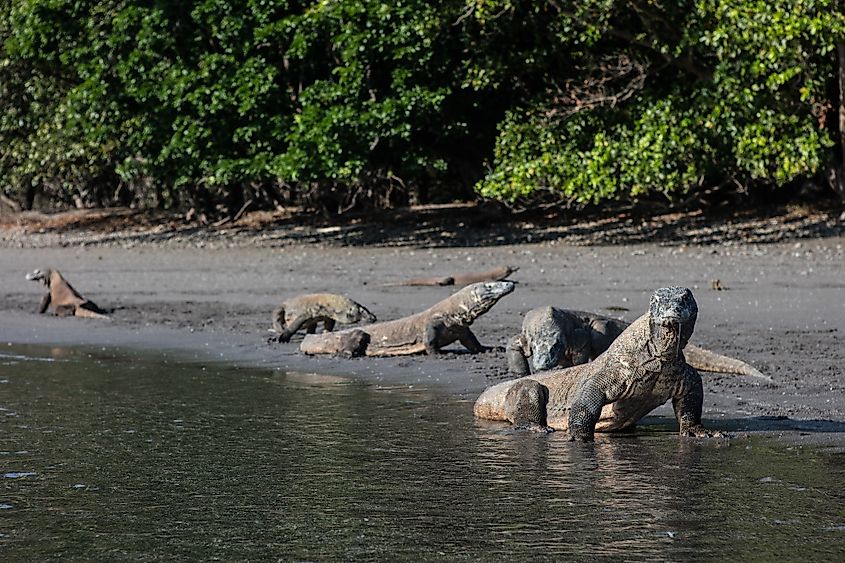
About 72 species of birds have been recorded from the Komodo National Park. Some of the important birds that are found in both the tropical and savanna regions of the National Park include the orange-footed scrub fowl, spotted dove, lesser Sulpher crested cockatoo, helmeted friarbird, zebra dove, green imperial pigeon, green junglefowl, lemon-bellied white eye, etc.
Conservation History
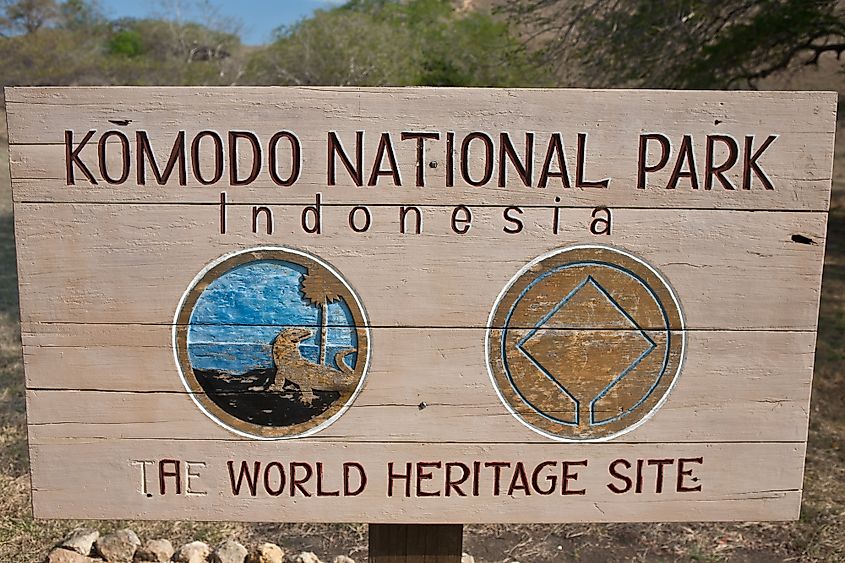
In 1938, the island of Padar and a part of Rinca were designated as nature reserves. In 1965, the Komodo Island also became a nature reserve. Under the UNESCO Man and Biosphere Program, the Komodo Island was subsequently declared as a biosphere reserve in 1977. In 1980, the three islands were declared as a National Park, which was later extended in 1984, to include a portion of Flores and the surrounding marine area. The Komodo National Park was designated as a UNESCO World Heritage Site in 1991. Most of the people who live around the National Park are fishermen, originally hailing from South Sulawesi, Bima, South Flores, and Manggarai regions. Due to the park’s rich marine biodiversity, scuba diving is one of the most popular recreational activities of tourists visiting the Komodo National Park.
